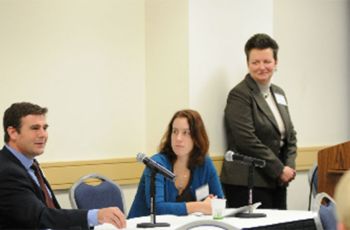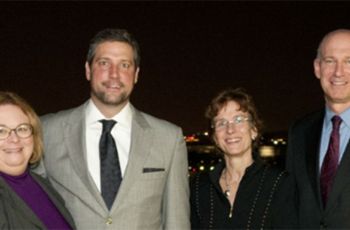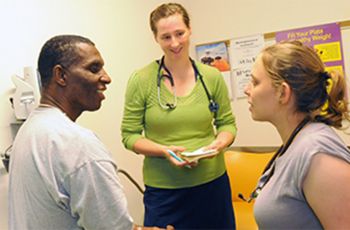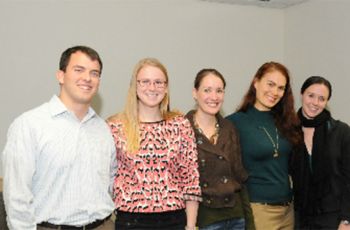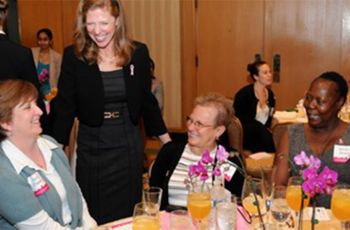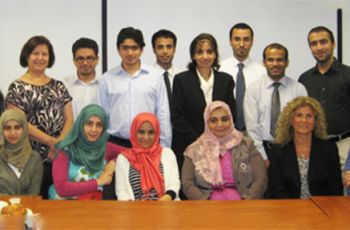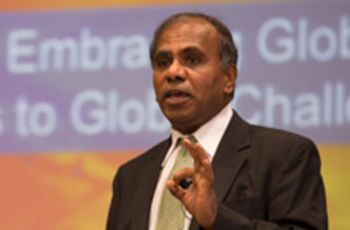Featured News
Aiming to promote mentorship and its importance to the academic community, the Clinical and Translational Science Institute at Children’s National Medical Center (CTSI-CN), in collaboration with the George Washington University, hosted “Building the Next Generation of Academic Leaders: A Mentor…
In an effort to create compassionate health care systems driven by dignity-based, person-centered care, The George Washington University Institute for Spirituality and Health (GWish) hosted the first National Consensus Conference on Creating Compassionate Healthcare Systems, Nov. 28-30.
Utsha Khatri’s first exposure to medicine was from the perspective of treating the underserved. She believes that multiple factors influence a patient’s prospects for good health — education, stress, access to healthy foods, etc.
It’s a typical Thursday for John Larsen, M.D., chair of the Department of Obstetrics and Gynecology (OBGYN) at GW’s School of Medicine and Health Sciences.
The George Washington University School of Medicine and Health Sciences (SMHS) honored second- and third-year PT students who exemplify those essential skills, recognizing their achievements at the Physical Therapy Program 2012 Excellence Awards on Nov. 8.
Women in pink scarves, hats, and jackets filed into the Four Seasons Hotel in Washington, D.C. on Wednesday, Oct. 24. They registered and received nametags, but few needed them; they were at home. As they entered the reception hall faces lit up and hugs were given freely as old friends reunited.
The School of Medicine and Health Sciences, along with the GW Medical Faculty Associates and the GW Hospital, hosted a free cancer screening day on Oct. 19 from 9 am to 2 pm. GW offered screening for skin cancer, breast cancer, prostate cancer, and administered lung-function testing.
Early this fall, GW’s Office of International Medicine Programs (IMP) launched the Medical Research Fellowship Program (MRFP).
Science and engineering research is entering a new era where global challenges require global solutions. Subra Suresh, Sc.D., director of the National Science Foundation (NSF), discussed the challenges and opportunities associated with this new era of science and engineering research and…
School of Medicine and Health Sciences Student Interest Group Pairs Medical Students Eager for Experience with Expectant Mothers for Better Outcomes
